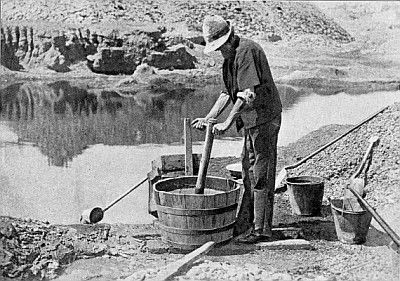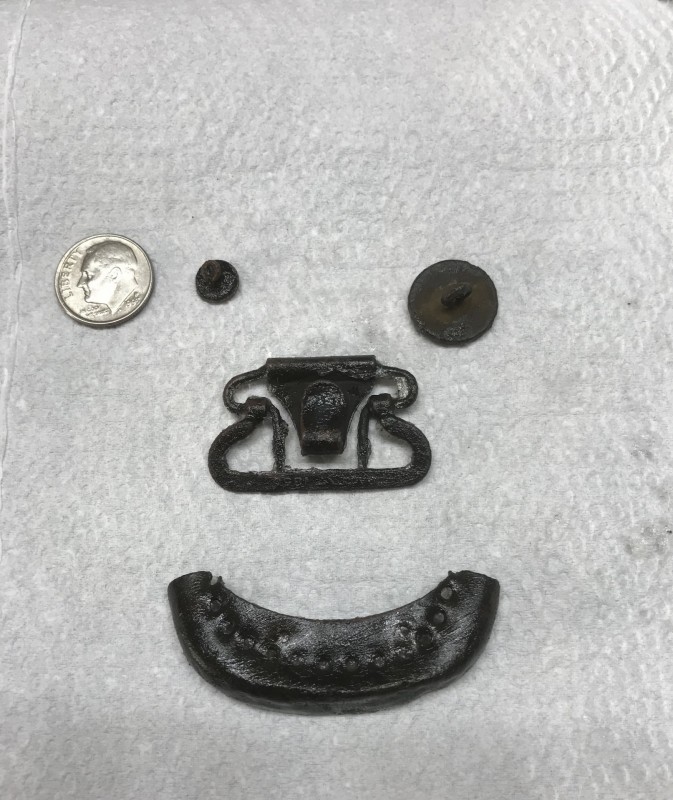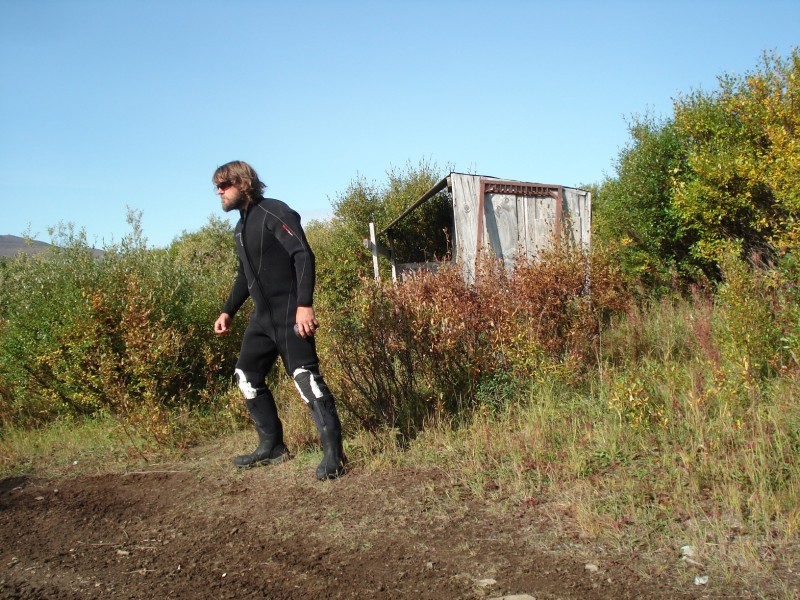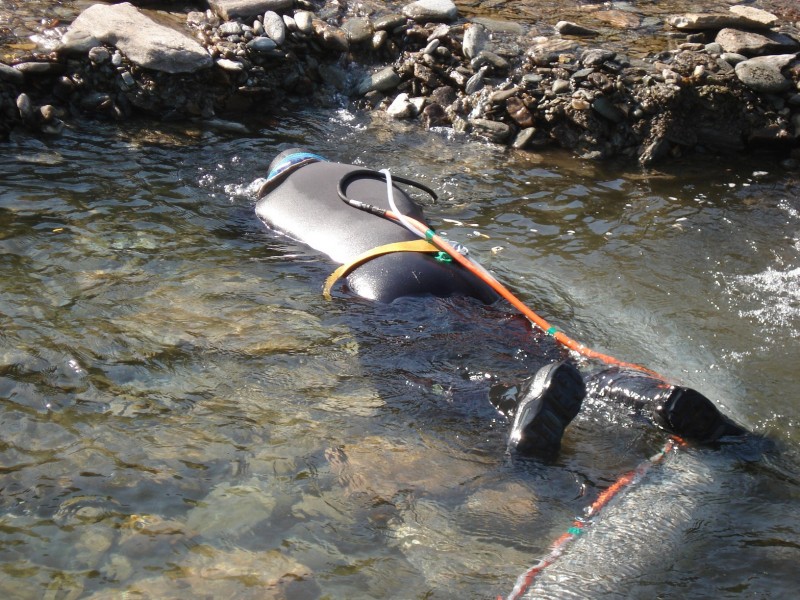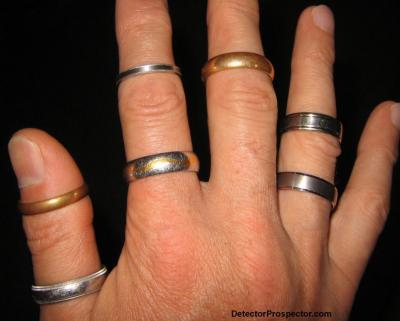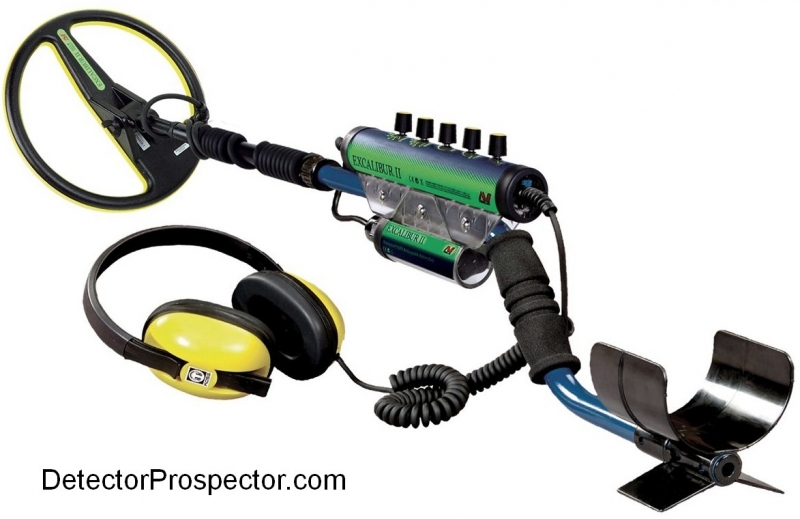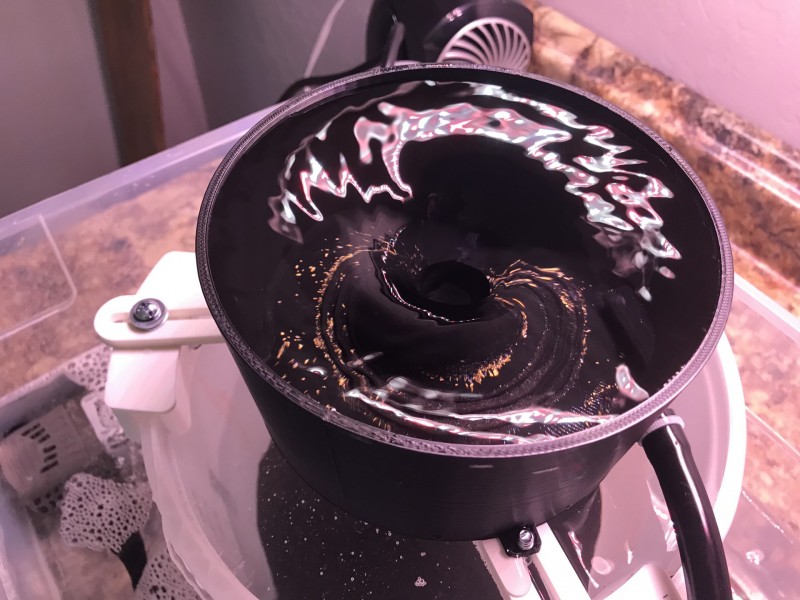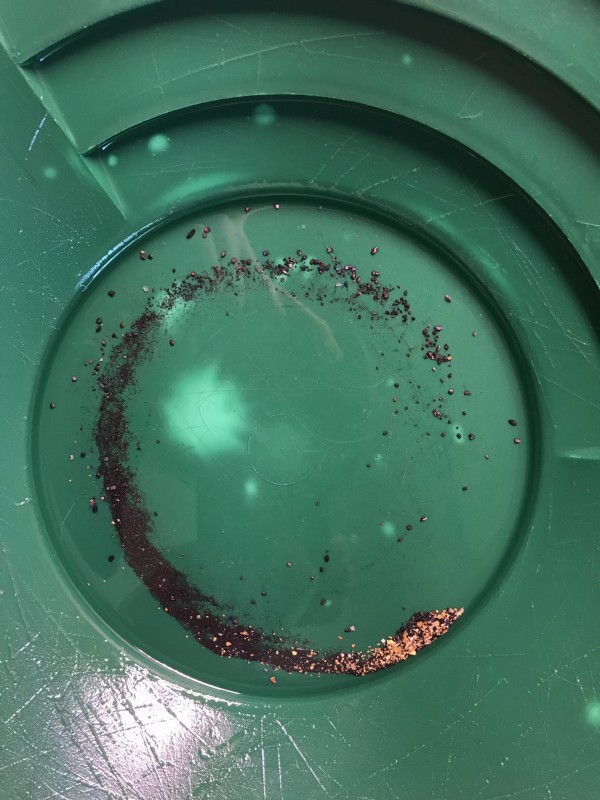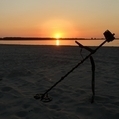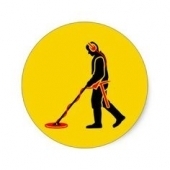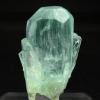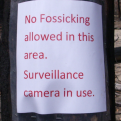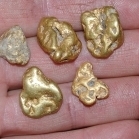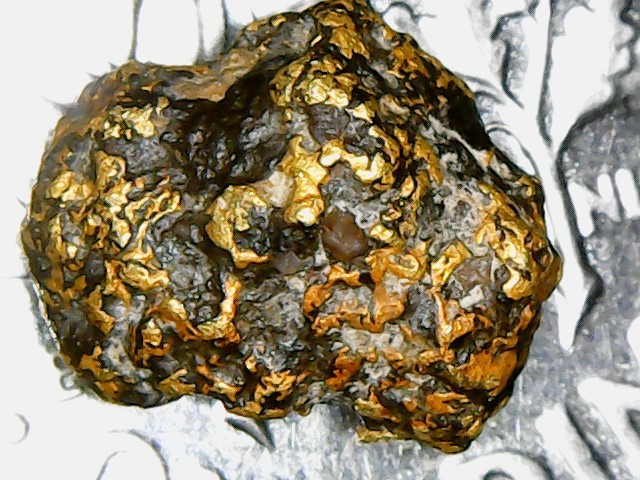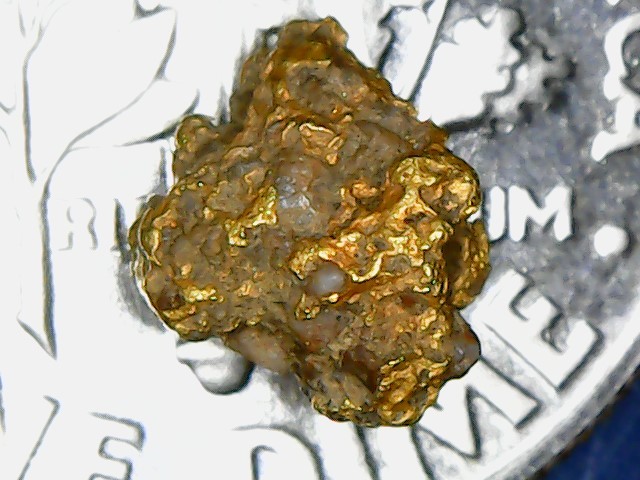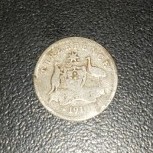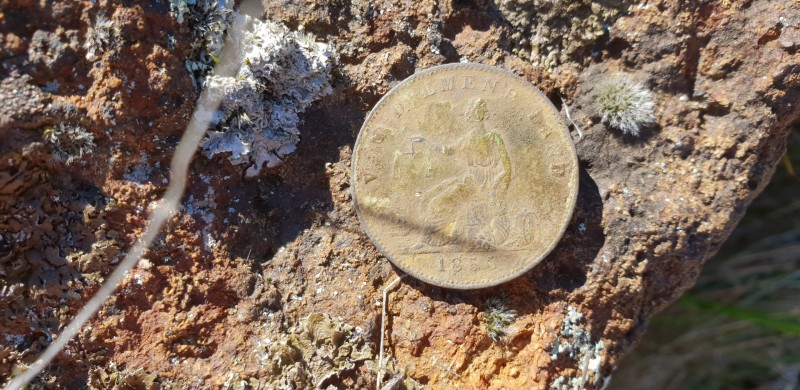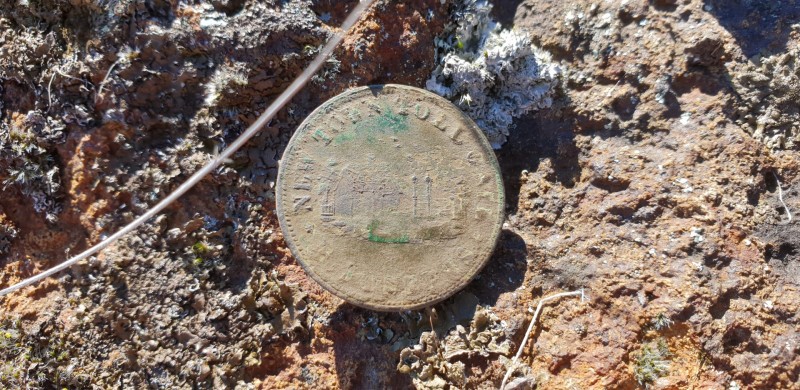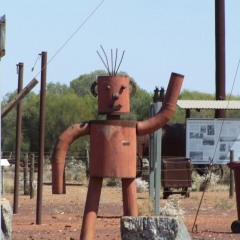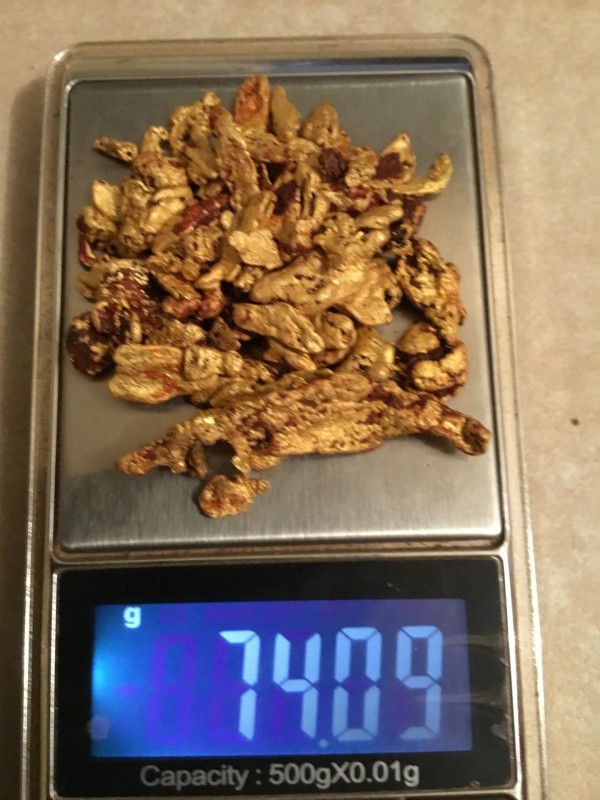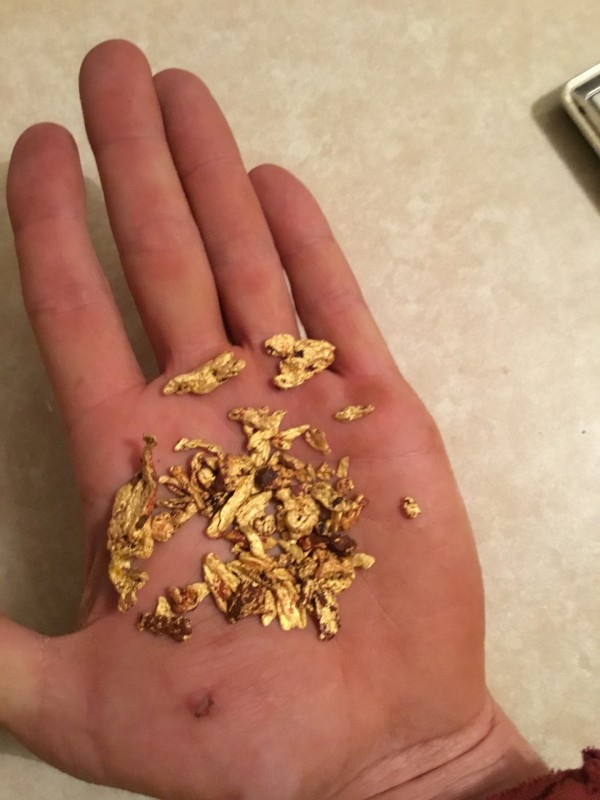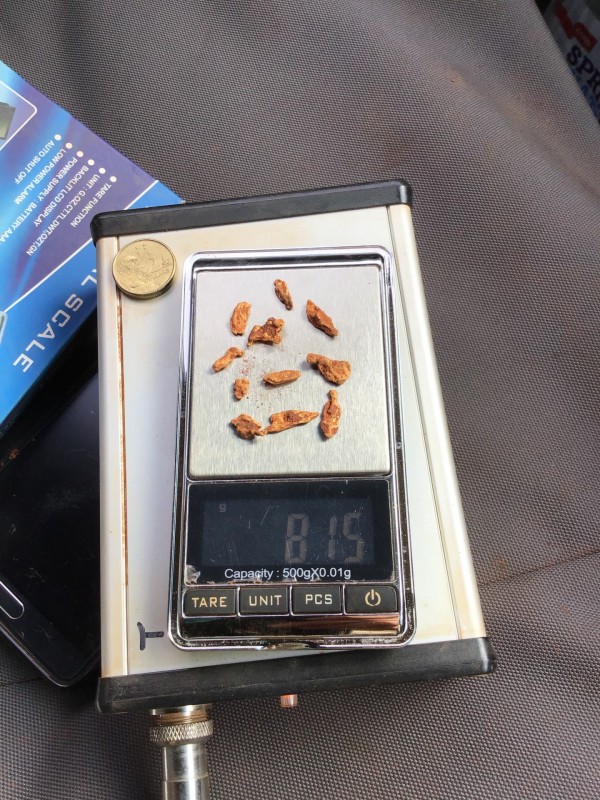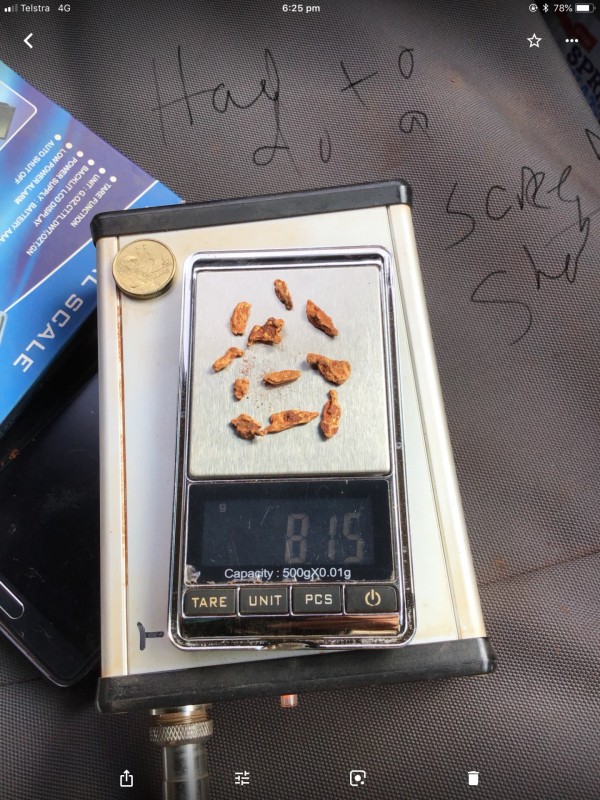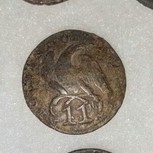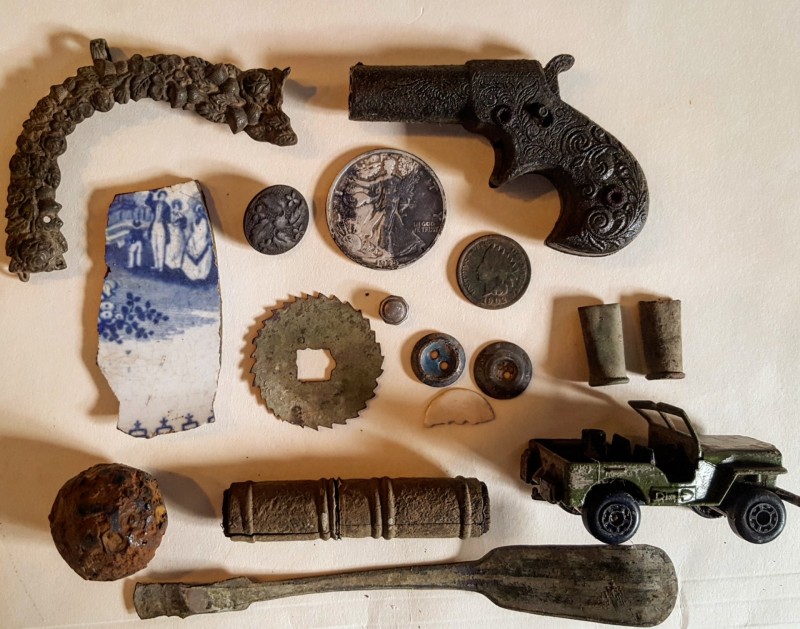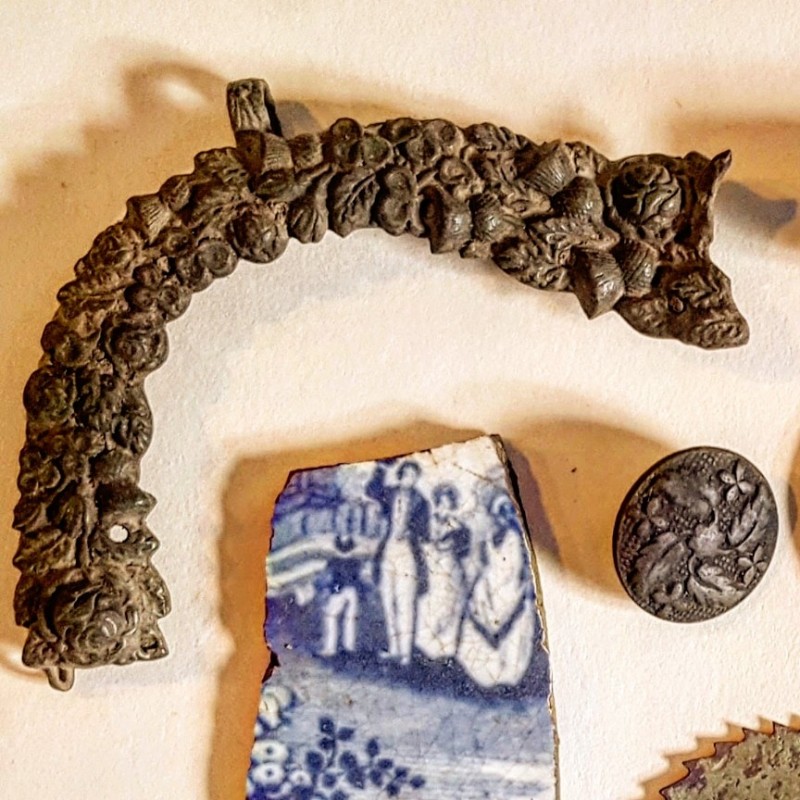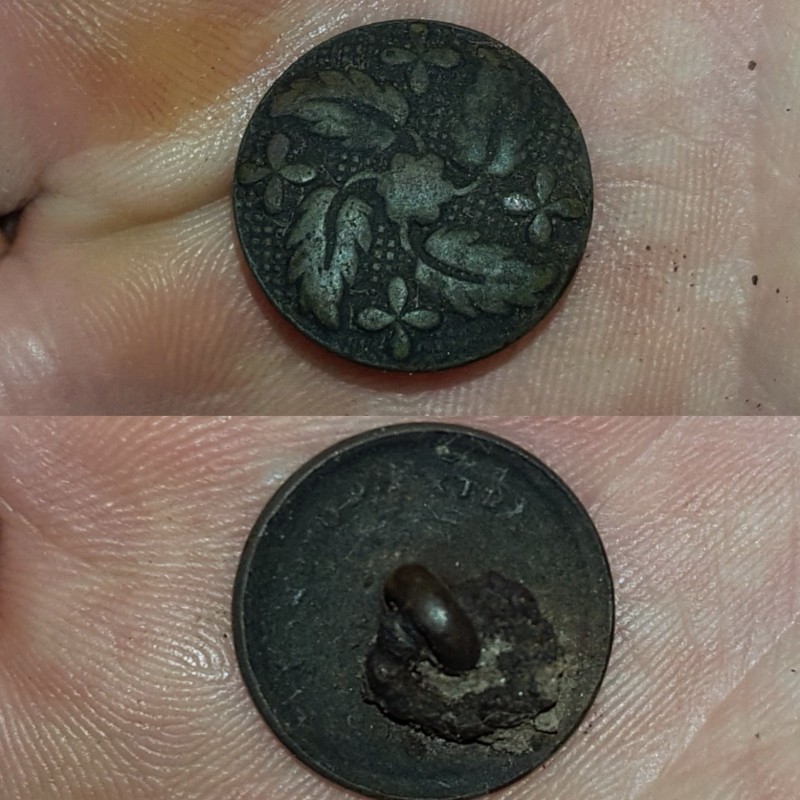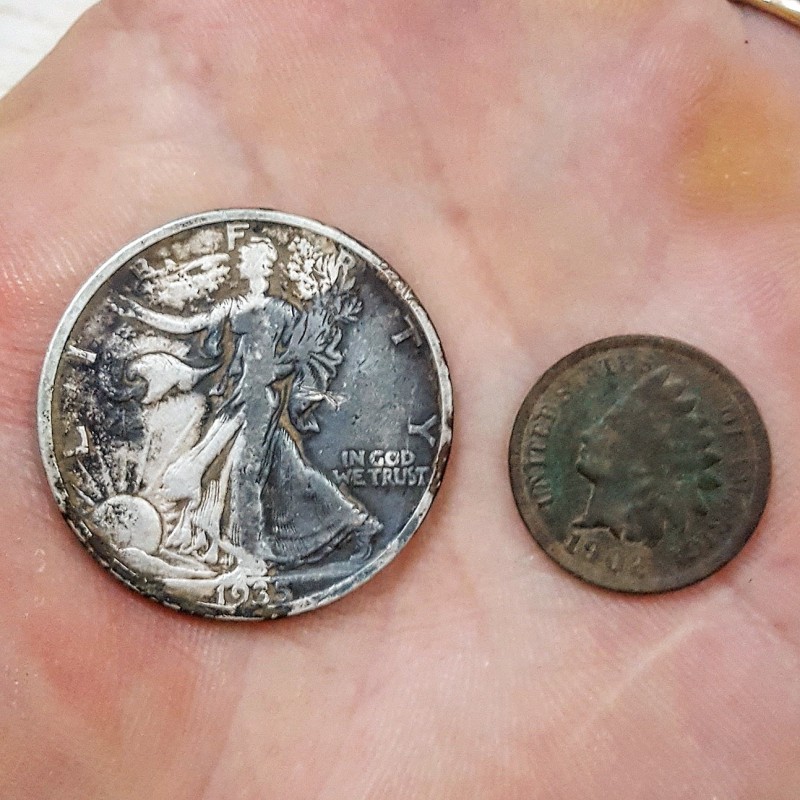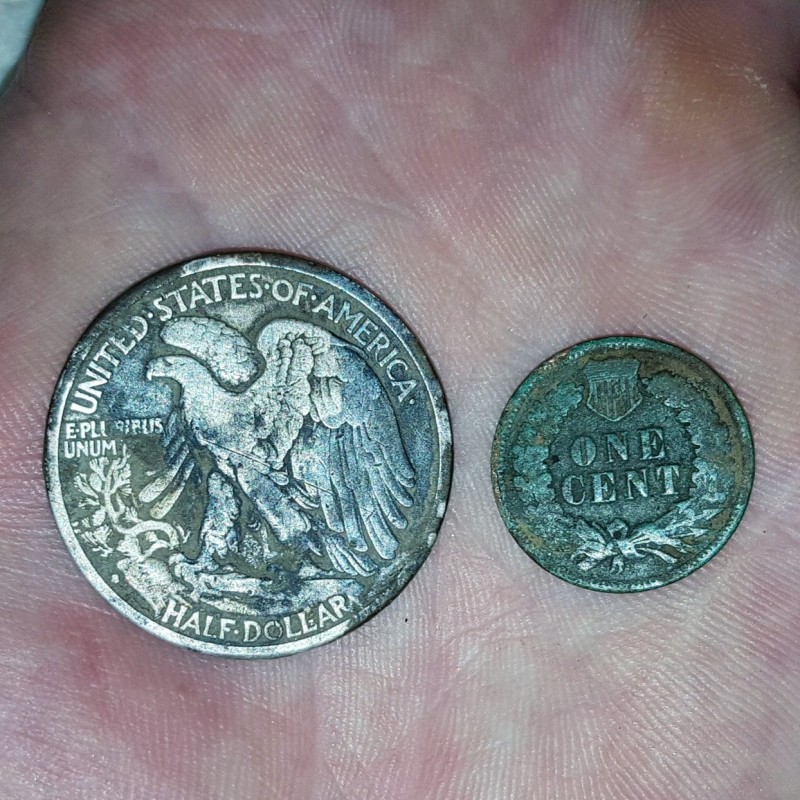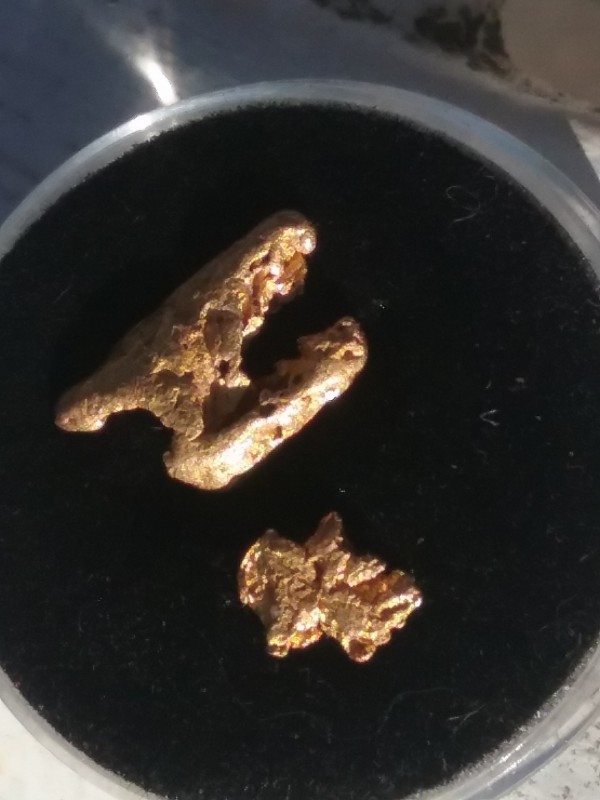Leaderboard
Popular Content
Showing content with the highest reputation on 09/04/2018 in all areas
-
11 points
-
More on "Booming" from the U.S. Bureau of Mines I.C. 6786 (1934).... Booming Booming utilizes the increased cutting and transporting power of water under flood conditions. As pointed out, water is stored in a reservoir and then released, flowing for relatively short periods. At the beginning of the season, when high water prevails, the booms may occur frequently, and each one may last relatively long. As the supply of water fails booms occur less often until finally there is not enough water to operate. Booming is the most important type of ground-sluicing. A much larger duty can be obtained per unit of water by booming than by other forms of ground-sluicing. The increased volume of water carries boulders into the sluice that otherwise would have to be moved by hand or by power and breaks down the banks against which a smaller stream would be ineffective. Larger sluice boxes must of course be used when booming than when utilizing only the natural flow of the stream. Booming is used in running development cuts as well as in strictly mining work. Of the three strictly mining operations listed under this head a side cut was used in two and an overcast at the end of the pit in the third. The average number of booms per day at the five mines (excluding Ravano) ranged from 2 to 24. The duration of booms was 1½ to 30 minutes. The duration of a boom is governed by the size of reservoir and the flow of water. The capacity of the reservoir should be governed by the character of the ground. In heavy, rocky ground a short period with a correspondingly larger surge is more effective than a longer period with a smaller stream. In other ground, such as that at the Camp Bird mine, longer periods of washing, with correspondingly less water, give the best results. Reservoirs usually are constructed by building a dam across a narrow part of the stream bed or canyon and backing the water up behind it. Ordinarily, earth dams with a board facing on the upstream side are used. Reservoirs with capacities of ½ to 1¾ acre-feet (table 7) are used at the mines listed. Automatic gates have a double advantage in that no labor is required to operate them and the booming in the pit can continue 24 hours each day. Automatic gates are shown in figure 7. Although the water is not as effective when unattended as when the miners are on shift it accomplishes considerable work during off hours. Figure 7: Automatic gate boom dam6 points
-
Between downpours I had a small window to try out the 6" coil.. Fortunately I stumbled on an old Lumber Camp last fall that is less than 10 minutes from home so the plan was to get in a quick hunt and try out the new coil. I have hunted this site many times with a variety of machines since finding it and although coins are few and far between, between myself and a buddy we have managed some nice keepers there. Most coins are found within 20 feet or so of what we figure must have been the cook shack based on some large utensils and barrel bands from flour barrels found around the cellar hole. Actually found an advertising token for the flour brand there last fall. Dug a few bits of iron foolers getting the hang of the coil then about 15 minutes into the hunt got a solid 12 which was an 1887 V Nickel. A bit later got the small snap type button that looks like it could be off a pair of overalls or jeans. Dug some later brass and the tiny washer shown and then had to bug out of there due to weather. Solid iron grunts almost everywhere along with the usual rusty bits and flakes that can fool you into digging. Did dig a double blade axe head that rang in at 15 but knew it was a large target. Here's today's finds along with a pic showing the flour token and a crotal bell found last fall.5 points
-
5 points
-
5 points
-
Today I got crowded out of the water so I decided to head back to the old school yard. Just as well I suppose as they announced they are going to tear it down immediately and build something or other. Its annoying because this town is slow as molasses to do anything else. They announced the recreation center when I was in grade school, I'm in my 40s now so whats the rush you know what I mean? lololol Anyhow I tell you an interesting phenomenon. Whenever I do a land hunt after a water hunt, I can always seem to eek out something decent fairly easily, I don't know what it is. I got my water ears on but I am on land if you know what I mean. This effect wears off after 45 minutes then the targets recede back to the shadows. Within 20 minutes of being there I had both of these targets. Both targets were in holes with square nails. They were not found together which makes this extraordinarily odd, I've dug thousands of targets from here and got very very little of anything that I could for sure say was military. Then again, why would there be, its a school yard. It turns out there was some training at some point in time. The item on the left is a pin from the 182nd Battalion Canadian Expedition Forces from around 1915 or 1916. The button on the right, if I was to extrapolate information from the pin would be around the same age. It's similar to other buttons I have found. I should be able to confirm the era by the style of crown that is at the top. The lower part just says "Canada" and of course has a beaver below it lol. For those Equinox users I spent the whole time hunting in recovery speed of 8, sens 22, Park2. I didn't mean to hunt that fast, by the time I realized it I had already found the maple leaf pin so I decided to let it roll. I got some pretty respectable depth considering I was on the fastest setting. *There were square nails in the holes of both targets. It will be a shame to see this place go, I just got the top layer beat back a bit to expose this old stuff, but hey I knew this day could come at any time. It's alright I guess, I have got a lot of really good stuff from here in the past. "the way she goes"4 points
-
I got my first metal detector in 1972, a White's Coinmaster 4-TR. This was before ground balancing technology was developed. The older BFO (beat frequency oscillator) models of the 60's were just being supplanted by this newer TR (transmitter/receiver) technology. TR was unproven but I decided to go with it as the latest thing. A wise decision because BFO detectors were soon replaced completely by this new way of detecting. Unfortunately I proved something to myself quite quickly. White's sold an accessory item at the time, a 4" coil on a handle they called the "Gold Probe". My Coinmaster had an 8" coil and I got the Gold Probe accessory to hunt gold nuggets. Even with the small coil these old models could barely detect a 1 gram nugget sitting right on the coil. And even that bit of detection capability disappeared in bad ground due to the inability to ground balance the detector. Steve with first detector - White's Coinmaster 4-TR with "Gold Probe" White's also sold a detector at the time called the Goldmaster. The Coinmaster did not seem to be able to find gold nuggets, so I got a Goldmaster next. Being the inquisitive sort, I opened up the Coinmaster and Goldmaster and got my early lesson in detector marketing. The exact same circuit board was in each box! Basically when you got a Goldmaster you got a bigger box with a bigger meter, and that was "better". And seriously, Ken White Sr. believed exactly that - bigger meant better. In fact, White's sold three models that were all basically the same detector in three different boxes - the Coinmaster 4, Goldmaster, and the "Alaskan", a chest mount version. I still have one of the old Alaskan series with a Gold Probe, the exact model pictured in the 1976 catalog excerpt below. White's Electronics Coinmaster 4, Goldmaster, and Alaskan 1976 TR model detectors That early experience turned me off metal detecting for gold nuggets for the remainder of the 70's and in fact for most of the 80's I was biased against metal detectors as a nugget finding method. When I started selling detectors in 1976 my standard line was that a $5 gold pan was likely to find more gold than a $200 metal detector, and for nearly all situations that was true. You needed ground with coin size and larger nuggets to even have a chance with the detector. Therefore in the early visits to Chisana I did not do any detecting, but mostly just sniped around with gold pans and sluice boxes. Even a pump was only employed a couple times due to the difficulty of getting fuel on site. Since we were new to the area this was also the time to hike around and explore. The place was amazing back in the 1970's. There were Long Tom's (the old timer's long wooden sluice boxes) scattered everywhere, and shovels left right where the old timers last worked. Old cabins had plates and the shelves and cutlery in the drawers. Many places looked like the people left, planning to come back - and then never did. The area became popular with sheep and caribou hunters in the 80's, and anything that could be carted off slowly disappeared. The old sluice boxes were recycled for the wood or just burned for firewood. I do not have many photos from that time, and the following is a few that show what things looked like back in 1973-1975. First, here is a general location map. All the major gold bearing streams in the area center around a round top mountain called Gold Hill. The gold is conjectured to have been deposited in old Tertiary channels that were mostly destroyed in the last ice age. Gold Hill is a small area that was surrounded by a sea of ice, but which escaped direct glaciation. The rounded top of the hill is surmised to be made up of a remnant of the old Tertiary gravels. Click image for larger view. Gold Hill and surrounding gold bearing creeks Camp at Little Eldorado Creek There are several camps in the area. The oldest and best preserved is the camp at the junction of Skookum Gulch with Little Eldorado Creek. Little El, as it is called, is the creek in the foreground above. Skookum Gulch is the little drainage coming down behind the cabins. The main cabins here were built around 1916 and have been in use more or less continuously ever since. Looking down Little Eldorado Creek to where it joins Bonanza Creek below Old "Long Tom" remnants on Skookum Gulch Upper end of mine workings on Skookum Gulch Like I said earlier, this was before I got into seriously detecting for gold, so all the gold we recovered was by panning and sluicing. My brother and I found a patch of blocky bedrock on Bonanza Creek that had gold. It was just the two of us, a couple gold pans, a pry bar and some spoons. Sorry for the poor photos, but each of the pans below are single pans of dirt scraped out of crevices and then panned. As you can see the gold is chunky, and the two of us panned over an ounce of gold that day off the patch of bedrock. In case the reader does not know it, anywhere a couple people with just pans can find over an ounce of gold in a day is very rich ground. We even found nuggets just walking the creek and eyeballing the bedrock - here and there nuggets would peek out of a crevice, ready to be pried out and placed in a bottle. Bedrock next to Bonanza Creek Gold nuggets in 14" plastic pan Gold nuggets in 12" steel pan Old cabin and hydraulic workings on upper Gold Run Creek (possibly Poorman Creek) Boom dam and steam boiler on lower Gold Run Creek A lot of the mining in the area used a method called "booming". This involved building dams to retain the water, and then periodically letting it all go to create a brief flood event. The dams could be released manually, but often were constructed with automatic gates so they could run unattended. Between flood washes, miners would enter the cut below the dam and stack all the large rocks to the side. The next flood would wash away the finer gravels materials, while gold settled lower and lower. Finally, when only a couple feet of enriched material was left, everything would be shoveled into sluice boxes and bedrock cleaned. This worked particularly well for areas with coarse gold and where gold is mainly concentrated on bedrock, with relatively barren overburden. An alternative was to use the impounded water to flush material into sluices set lower down the creek. This was the better way to go if the overburden had a lot of gold. At Gold Hill it appears booming to simply strip the overburden and then shoveling into boxes was more common. More complete remnant of a wooden "boom dam" Automatic gate boom dam; dam itself made of hand stacked rock (upper Gold Run) The channel at Gold Run is so narrow that the rocks were stacked along both sides as high as a man could reach. Walking up the creek at this point is like walking up a narrow passageway in a castle - rock walls on both sides. Hand stacked rock on Gold Run Creek An old rocker box Another little gulch that enters Little Eldorado Creek is called Snow Gulch. There was another hot spot there, and we used the pump off my 3" dredge to help wash material through an old wooden sluice. Again, lots of nice fingernail size nuggets recovered. Ground sluicing on Snow Gulch The partners working the ground at the time were using similar primitive methods - usually just a little pump supplying water to hand work a mining cut with old sluices found on site. "Shovel into" operation on Bonanza Creek What happens when you stay too long..... N1769P parked on dirt strip near Gold Hill Dad takes off ferrying people and gear back out of the mines The fact is those were early days. I only have a smattering of photos and slides from Chisana in the 1970's, and my memories have faded with the years. All the above happened in the 1973 - 1975 time frame. By 1976 my school chum Dudley Benesch and I had founded Alaska Mining & Diving Supply, the same year we were graduating from high school. Don Dipple, who I met because of Chisana, clued us onto a creek nearer to home, Stetson Creek, that ended up taking over from Chisana as my main place of interest in the late 70's and early 80's. It was not until 1989 over a decade later that I was to return to the Chisana area. The reason? New metal detector technology! To be continued...4 points
-
3 points
-
3 points
-
I just sent Rege PA a message and as soon I get his address I’ll get the mags to him. Interesting item . Chuck3 points
-
Today I went to ye old faithful pounded out cellar hole Circa 1750's to try the 6 inch coil. I was in field 2, Sens 20, Iron bias 1 and recovery speed at 6, Multi. I was right in the thick of heavy Iron that sounded the Home site. I'd love to say something next like "and the 8 Reales was right there" But alas no ? Not this time! I did however find some buttons that I had missed, bits of lead and a couple of copper widgets. Depth was really good on the little coil!! The vegetation around the cellar is at near Jungle proportions, so it will be spring when I try there again with the little yin there. To get some more detecting in I put on the big coil and moved out into the sounding woods. There were a couple of stray targets out there, shotgun shells, 22 bullets and the odd riffle round. I did find one of those copper toe tap things and a Suspender buckle PAT 1866. I did also find the smallest colonial button known to man..ya I think I've said that before but this is even smaller ? My mind was blown by this Target. The signal was tiny but it rang true with reading of 9 at a good depth! I know for sure my SE would NOT have picked this Target out. Pic's to follow as Items are being preserved. Every time I use this machine I like it more and more! Apologies for waffling on!!2 points
-
Before I start I must declare that I am speaking from a platform of 42 years of metal detecting experience not a fly by night. Well, over the past 3 months here in the UK my normally very productive Roman fields permissions have not produced finds of any significant numbers or depth most stuff found has been either on the surface or no more than 3 inches deep no matter of the size of the find and this has been borne out with not just myself but friends David Hopper, Kevin Hopper and Pistol Pete on my very sandy soil permissions, and I know that my fields show an abundance of Roman finds but like all sites with past Roman occupation there is stacks of iron junk and iron slag and this ferrous crap was always showing good signals when the soil conditions were dry. Between the four of us we have used a wide selection of detectors but providing the same result. We have used 3 Equinox 800, 2 Minelab CTX-3030, 2 XP Deus, 1 Makro Racer 2, 1 Golden Mask 5+ and 1 Golden Mask 1. so plenty of tackle to get the correct conclusion to the dry soil effect. Yesterday Sunday 2nd September I took Pistol Pete with me to one of my Roman permissions where one of the fields was in wheat stubble and which I have not detected on before and on this field there is three active springs so the damp soil is more conductive, Pete started with his CTX and using the 6" coil and I decided to use my Deus and the 9" black coil with the normal settings which I have used for the past 8 years, Pete said he was getting too much chattering so switched to his Golden Mask 1 but again heavy chattering but this was nothing to what I was getting with the Deus the noise was a constant rapid rattling like a machine gun I tried everything to attempt to quieten it down but to no avail the whole field was covered in Roman iron slag and through it being wet was highly conductive the lowering of the "Sensitivity" and "Ground Balancing" didn't have any effect so before I threw the towel in I changed to my 9" White HF Coil and used my own program but what I had achieved was to find broken plough share after plough share six in total and masses of rusted iron bars in the 30 - 45 VDI range but nothing non-ferrous very weird. We decided to move on to a close by field away from this annoyance, and between us we had brought some test pieces so as to carryout some testing to see why we have seen the terrible loss of detection depth during this extremely dry spell my gold gents ring on a cord and a hammered silver and some Roman bronzies, Pete buried my gold ring 5" inches deep his hammered silver 4" deep and a thick Roman bronze at 3" deep, well we were left gob smacked when these items couldn't be found by the CTX, the Deus, the Equinox or the Golden Mask remember this soil is like flour and all test pieces had been shoved into the un-disturbed side wall of the hole, with one detector at a time switched on to test and it was during the testing and altering the functions that we became aware of what was influencing the detection depth results and to get to the point it was because the soil is bone dry and with a pathetic conductive response for non-ferrous objects but just the opposite for ferrous objects so it was a case of getting the "Noise Cancel" & "Ground Balance" & "Sensitivity" right, the main culprit for loss of detection depth was proved to be having the "Sensitivity" set too high even what we would normally set mid range the effect was that the Sensitivity was amplifying the mineralisation feedback for the Ground Balance and the Sensitivity was now desensitizing the Non-Ferrous signals, now armed with this info we gradually reduced the "Sensitivity" and witnessed the signals slowly becoming audible and eventually loud. We spent some considerable time adjusting the "Noise Cancel" & "Ground Balance" & "Sensitivity" levels on all of our detectors we even dropped the test pieces deeper to find the best results and comparisons between detectors by the time we had completed the testing the Equinox 800's were the top results with "Sensitivity 16" the "Ground Balance 51" the "Reactivity 2" and the "Iron Bias 4", be mindful that these settings were applicable to my dry soil only and may differ on other detectorists land conditions but gives food for thought, by this time the temperatures were in the high 20's and mid day so detecting was a slow laborious endurance but we both had a massive improvement in detection depth for non-ferrous. Hope this conclusion gives a wee bit of guidance help to others. Good Hunting Randy2 points
-
It's really just a matter of quantity. Unfortunately for small amounts working the material by hand is as efficient as anything. For larger quantities you can put the clay in a container like a 5 gallon bucket and use a plunger device to break up the clay. I have seen larger operations use cement mixers. From The Metallurgy of Gold by Sir Thomas Kirke Rose (1898): "The Puddling-tub. - When water is scarce, as was the case in many places in Australia where rich gravels were found, the long-tom is inadmissible, and the puddling-tub is resorted to. This is particularly well adapted for washing clays, and is still used to disintegrate lumps of clay encountered in sluicing operations. It consists of one half of a barrel which has been sawn in two ; into this the dirt is dumped and stirred up with water by means of a rake, until all the clay is held in suspension in the water, when a plug a few inches from the bottom is removed, and the slime run off. The operation is repeated until the tub is filled with gravel and sand to the level of the plug-hole, and this residue is then shovelled out and washed by the pan, the cradle, or by sluicing." Puddling tub in use:2 points
-
2 points
-
Hot Dog we have a Wiener! That is exactly what it is. (Pictures below lifted from "Military Antiques and Museum") I'm very glad I posted this here, I wasn't going to bother, I figured nobody is going to know what it is, it should be garbage lol. Man this was fun, thanks for all of the guesses. It looks like Rege-PA has just won himself some magazines. ?2 points
-
just a wild guess; Perhaps part of a change maker. People wore them on a belt. There would be a tube for pennies through quarters...so, this would be a part of the whole thing... fred2 points
-
Steve , I believe if you had to live your life all over again you wouldn't change one thing. I and my wife when we started out prospecting, gold panning, dredging along with metal detecting that we feel the same way and would not change the adventures and opportunities that came are way. Our youngest daughter, son-in-law and grand kids moved to Homer four years ago and their neighbor across the street was a person named Dave Olsen. Dave's stories and gold he and his partners found dredging in the Bering Sea and inland around the Nome area was incredible. My son-in-law and Dave are in a remote area out of Nome now and are dredging and on some good gold. We gave a gold detector to my son-in-law for Christmas to take with him this summer and hopefully he and Dave will find more gold to take home with them. Can't wait to hear your next chapter! Here's some pictures of my son-in-law and Dave getting the gold!2 points
-
I am an avid metal detector user and I like always being at it. Just because there is no gold prospecting for me in a given time frame is no reason to not go metal detecting for gold. There are a lot more ways to find gold than prospecting, and so jewelry detecting is very high on my list. If you like finding a gold nugget, I do not see how you could not also be excited about digging up a gold ring. Jewelry detecting and nugget detecting share many common traits, not least being the hunt for gold. Both also require a high tolerance for digging trash items, and both are best done with detectors made for the purpose. It just so happens that the detectors best used for nugget detecting are often the best to use for jewelry detecting. In other words, a lot of you guys are already outfitted for this! There are two general ways to hunt for jewelry - on dry land, or in and around water. Let's leave the dry land for another article and focus on the water detecting for now, since I am gearing up for a water hunt myself right now. Almost any detector, with the remarkable exception of the most expensive one you can buy, comes with waterproof coils and can be submerged to the control box. Minelab PI stock coils are not warranted waterproof but only water resistant so it takes aftermarket coils to get them up to speed. But they are a poor choice for wading as there is probably no machine I would like dropping in the water less than a Minelab GPX 5000 with high amp battery attached. Detectors that can be hip or chest mounted offer even more flexibility for wading applications. Few nugget detectors are fully submersible, but there are some, most notably the Garrett AT Gold, Infinium and ATX, all waterproof models. Jan 2019 note: see also Makro Gold Kruzer and Equinox 800. Water detecting can be broken down into fresh water and salt water detecting. Fresh water detecting is pretty straight forward since fresh water is invisible to your detector. The tuning and operation of the detector is similar to what you do on dry land. All you have to worry about is keeping the electronics dry, and recovering targets underwater. Fresh water swimming holes are great for jewelry detecting, and there are many fresh water stream and river opportunities for gold prospectors. Any good gold prospecting detector also works well for freshwater beach hunting. The Garrett AT Gold has an obvious edge for being waterproof. The Tesoro Lobo gets special mention for being convertible to hip or chest mount. In fresh water VLF detectors usually have an edge due to large amounts of trash often being present but PI detectors do have their place in fresh water detecting. The only way to know is to just give it a go and see how much trash there is. The nice thing about beaches though is the digging is easy compared to what nugget hunters often face. Salt water adds a whole new dimension. Salt water is conductive, and therefore a hot metal detector can actually get a signal from salt water or wet salt sand. Many prospectors already know the issues surrounding salt and alkali flats. Detectors that are used in salt water need some way to tune out the salt signal. The problem is even worse on beaches that have mineral content, classic black sand beaches. A white beach composed of broken down coral and shells is no problem at all, but add volcanic material and the issues compound. Most prospectors would not be surprised to hear that pulse induction (PI) detectors have an edge in dealing with salt water scenarios. There is an unsolvable conundrum however. The signal for salt water and small gold items, like post earrings or thin gold chains, actually overlaps. When you tune out the salt water, you tune out these items also. There is no solution to this problem with existing metal detectors because of the way they work. It is possible to find these items at the beach using a hot detector, like a White’s Goldmaster or Fisher Gold Bug 2, but you must be on bone dry sand. Any attempt to get near wet salt sand with these units will result in the sand acting like one giant target. Most mid-frequency gold machines handle salt water beaches to varying degrees. They will generally have no problem until you get on sand currently seeing wave action or actually in the water. The higher the frequency, the less able to handle wet salt sand. The Fisher Gold Bug Pro at 19 kHz and Garrett AT Gold at 18 kHz are not happy on wet salt sand. They can be made to function but only by losing a lot of depth. The Tesoro Lobo has an alkali setting and White’s MX Sport a salt setting specifically designed to handle wet salt sand. In general though these detectors will all work better higher on the beach and have an edge on small rings, earrings, and chains that other beach hunting machines tend to miss. The Minelab Eureka Gold and X-Terra 705 have low frequency options that make them well suited for beach hunting. The Eureka can be hip or chest mounted, but be aware the stock coil is another that Minelab does not warranty as waterproof. The PI detectors fare better, the Garrett Infinium and new ATX having an edge again for being waterproof designs. The White’s TDI and Minelab series do well but must be kept dry. The TDI models except the TDI SL have an advantage in being convertible to hip or chest mount. Be aware that turning off or not using a ground balance system can often add extra depth with a PI on white sand beaches. The TDI and GPX 5000 can turn off the ground balance setting, and the factory default on the ATX before ground balancing offer possibilities on low mineral beaches. For 2019 see the new White's TDI BeachHunter. For serious salt water beach detecting hunters turn to detectors not normally used for prospecting. Ironically, this is because the general lack of sensitivity that makes prospectors eschew these models makes them ideal for salt water. Multi-frequency VLF detectors are not very good prospecting machines but they excel in salt water. Two detectors that vie neck and neck in the salt water VLF market are the Fisher CZ-21 and Minelab Excalibur. On the PI side the Garrett Sea Hunter, Tesoro Sand Shark and White’s Surf PI are the three popular models. Minelab Excalibur II waterproof metal detector There are lots of options but if you ever want a specialized waterproof detector for both fresh and salt water and want to make a safe choice, get a Minelab Excalibur. It is probably the most popular water detector made and for good reason. It gets the job done with minimum fuss and will work well anywhere. I am a PI guy myself however. I have used the Garrett Infinium extensively trying to deal with salt water and volcanic sand and hot rock conditions in Hawaii. I have had success with the model but it is difficult to deal with, suffering from an inability to ground balance into the salt range and susceptibility to EMI interference. Huge numbers of posts exist on how to try and get an Infinium to behave in salt water. The new ATX has taken steps to address these issues but the jury is out there yet. I will be giving the ATX a good go in Hawaii soon. My latest water detector is a White's Surf PI Dual Field to back up the ATX. I have had good luck in the past with the White's Surf PI models and recommend them for people interested in a waterproof beach PI. Again, a simple unit that gets the job done, and at a bargain price. Where to hunt can fill a book, but really boils down to two things. The first is that the best finds will be made where people who wear quality jewelry congregate and engage in some kind of physical activity. On fresh water beaches where items get dropped is generally where they stay. The second item comes into play more often on salt water beaches. The waves and seasons concentrate items on layers, much like placer deposits. They sometimes bury the items too deep to find, and at other times expose them for easy recovery. Beach watching can teach you a lot. There is the towel line, where people set up shop for the day. Lots of items get lost here. Then there are the places where people tend to play beach sports, like Frisbee or volleyball. Best of all, are areas in the water where people congregate, with areas where people can actually stand on the bottom being best. Items dropped in sand obviously sink over time, but hard sand will resist this longest and keep the targets close to the surface longer. Extremely soft sand swallows items quickly and is not a good place to hunt. Areas where the sand tapers into a hard rock or coral bottom can be very good when the overlying sand is shallow enough to reach that hard layer with a detector. Beach detecting is very popular, but beach hunters have on tremendous advantage over prospectors. The finds are being constantly replenished. There is no beach, no matter how heavily hunted, that does not have the potential for finds. The more activity there is the more items are lost in a given period of time. The finds made by beach hunters can rival the best made by prospectors, as not many gold nuggets come with diamonds attached. I know for many prospectors it is about getting out into the middle of nowhere and away from the crowds. Beach hunting is not for everyone. But you can hunt early in the morning or even on rainy days, when people are few and far between. As more and more areas accessible to prospectors get hunted out, it is possible other places are near to you where gold may be easier to find. If you have a detector already you certainly have nothing to lose by giving it a go. Hopefully this post has at least made you consider the possibility. As always, volumes more information can be found just by Googling “beach detecting forum”. Here is an example of a hunt at White's Surf PI Pro and Platinum Rings in Hawaii I got four platinum and three gold rings over a couple week period. One of the gold rings is white gold so it looks like only two gold. All fairly plain men's bands reflecting the rough surf area I was hunting. There is a picture of everything I dug at the link including the junk. All the platinum I have ever found was rings, and when platinum peaked at over $2000 an ounce I cashed in over two ounces of platinum. Another very successful hunt was Detecting Gold in Hawaii with the Garrett Infinium Please note that unlike my prospecting outings I do not spend every hour of every day in Hawaii detecting. These finds are being made hunting on an average of two or three hours a day. I am not one to just sit around so detecting keeps me busy. And a good vacation can be paid for in finds or at least subsidized with some hard work and a little bit of luck. Waterproof VLF Detector Comparison Guide Some gold and platinum finds made by Steve in Hawaii1 point
-
This is a 3D printed blue bowl version 1, it worked amazing for doing my last big clean up and sucked the sand away very quickly. I didn’t want to pay an arm and a leg so I built my own, leave an e-mail if you want the file. The whole project cost me less than 30 bucks or so. Parts: -172 GPH Pump -3/8 Tubing -On/Off Valve -12 #10-24x1in Screws -9 #10 Washers -Rectangle Tub -Small Bucket -Printed Parts1 point
-
1 point
-
hey GB_Amateur I had to get it out and have a look at it, I had no idea what brand it was. It`s a Ricoh Caplio G4. I think my mate bought it quite a few years ago. Dave http://www.ricoh-imaging.co.jp/english/r_dc/caplio/g4/1 point
-
Due to the user profile problems, I've simply took photos of my changed / prefered settings. That are only changed tone brakes for beach1, because the default ones do not fit our coins. My userprofile is a changed park1 running 5 / 10kHz, which needs different tone brakes, because the TIDs differ heavily. I also changed the pitches for the userprofile to eliminate the bottlecaps when coinshooting only. That's about it .. 10-15 photos on my smartphone in a separate folder1 point
-
1 point
-
1 point
-
The AF108 is a PI detector. Ships with OD green harness. Will be a great collector's item or prop for a movie!1 point
-
They have not made the SD2200D for very many years, so many that Minelab will no longer service them. The battery is possibly dead and needs replacing. I am guessing value of around US$600 - $9001 point
-
Okay got the Pelso's today and while not as loud as the Hungarian phones that I have been using there is still plenty of room left to go much higher than I will ever use. I set the Hungarians at tone vol 10 with master volume set at 4. With the Kellyco phones, tone vol is at 25 with master volume at 18 for the same sound level which leaves plenty of adjustment to to go higher than just about anyone would ever need. Cord is heavy duty and taller guys especially will appreciate the extra length. Noise isolation I haven't really tested yet but seems about the same as the Hungarians after the mod I made adding insulation inside the cups. Have to agree with Daniel on the quality. They get a thumbs up from me.1 point
-
1 point
-
That's some great information Randy thanks for posting! Lower sens settings on the nox will still get pretty deep. I've found 8-9" lincoln cents with the sense at 17 or 18. This in moderately damp ground though. I guess the ticket for drier conditions would be to lower the sense, especially in mineralized soil.1 point
-
@LipCa Thanks, I’m just trying to help people avoid paying outrageous amounts for China’s overpriced plastic.1 point
-
I also used to have a Deus and really liked the backphones. They're light, and great if you want to wear a broad brim hat. After reading this thread I bought a pair of BTS Pros, and using the firmware link provided by sdbirder, updated them to APTX LL. Thanks for the info and the link...awesome!1 point
-
1 point
-
I'm inclined to agree with Fred, a change dispenser part. Odd lay out for the seperator plates... here are some google images : https://www.google.com/search?q=vintage+coin+dispenser&sa=X&tbm=isch&tbo=u&source=univ&ved=2ahUKEwjNhZKsmJ_dAhVs04MKHQYDDKEQsAR6BAgGEAE&biw=1366&bih=6701 point
-
That looks more like Area 51 to me,, you won't find many earthly things there,, Rumour has it that B.C. "Bruce to his Mates" has been using "Non" worldly Tech for a number of years, If ya get my Drift., Some say he was born In Roswell NM in 1947, And that he has more frequent flyer Miles than NASA, all we know is that he is only 4ft tall and has a grey complexion and his favourite movie is M.I.B. Shhhhh, keep that last part to your self, Ok.1 point
-
Well said GB. The majority of my better pieces could have been heard with a Tandy Micronta. Where you choose to search is waaaay more important than what detector you use1 point
-
For most detectorists it is simply the thrill of the hunt, and finding something that is challenging to find. And personally I don't see how anyone would not be excited to find a rock that fell out of the sky! Yes, finds, if recorded properly, can be registered and added to the worldwide database of knowledge regarding meteorites. And finally, some finds can be worth a lot of money. Meteorites normally sell by the gram. Large finds can be worth a small fortune.... http://www.foxnews.com/science/2018/02/16/arizona-meteorite-fetches-record-breaking-237500-at-auction.html1 point
-
thanks for the story steve ....what i remember of that area to the south is where it all started in chititu and rex creek those giant copper nuggets then the mine at mccarthy ......the only mining town with alcohol during the dry period thanks to walter of may creek ... i guess maybe that rex creek mountain named after him after all .....1 point
-
Very good Steve, I remember the party line. Also started with a 3” dredge bought from your store around ‘79 or ‘80, was on an inner tube. Super Cub on 36” tires best thing out there with a good pilot. I see this being a long story, can’t wait for more1 point
-
1 point
-
I like competition as it keeps the manufactures on their toes.1 point
-
Now that is a stunning piece of gold. 50 grams. Way to go and I wish you more.1 point
-
I recently hit a new permission here in rural Tasmania - the property housed the ruins of what the property owner thought was a Shepherds hut. The ruins themselves dated to the early 1800s, and I found some awesome Tokens hidden in the dirt. It really was a great day. Attached are some pics and you can find the video below.1 point
-
Ok, next time you find a 1 ounce bit I'll offer you 10 times that much. ? I agree that it's the thrill of the chase that excites me, as long as I get rewarded once in a while. Gold can be found with a $450 detector, a $900 one, a $2500 one, a $7000 one. Everyone has his/her threshold when it comes to how much to spend for that fun. And some people find enough to supplement their income or even (rarely) to make it their primary source. Does the price determine the likelihood of finding gold, or more to the point the amount of gold? Likely, but sometimes there are better things to do with that money. On this I think we all agree although sometimes it seems like responders to questions of "which detector should I buy" don't take this into account. Not a problem on this thread, though. Now go out and have that fun! I'm planning on some this weekend.1 point
-
1 point
-
1 point
-
I stopped byto see the landowner and possibly drop off a box full of wheat pennies a couple Indian heads, the most recent shoe buckle, and a musket ball for the home owner but he wasn't there and the family said he probably wouldn't want the stuff anyways and to go back and detect if I wanted. I went back to the lawn first and realized that there weren't a lot of good signals. It probably had to do with the fact that in each hole there were at least two cut nails and EMI affecting the detector. I decided to hit in the woods where the old well was and I picked up that half dollar it was awesome. I then put my sensitivity at 18 infield two mode and the guy on finding some cool relics.1 point
-
1 point
-
1 point
-
If you really want decent performance in saltwater it really needs to be either multifrequency or pulse induction. No matter what anyone claims, single frequency is not as good in saltwater as either of those options. And with pulse induction being “dig it all” technology, most people prefer multifrequency. That being the case the Equinox 600 does stand out. From Underwater Metal Detector Comparison...1 point
-
You've got to be impressed with young Tom's ability to explain things. How many years has he been at White's, 3 at max? He's gone from dog chasing detectors thrown into a lake to solo reporting on their latest product. Before he joined White's he was in Hollywood and didn't know which end of a detector was up. It's been said here before but I'll repeat: White's is fortunate to have him on the payroll.1 point



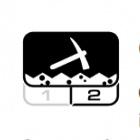
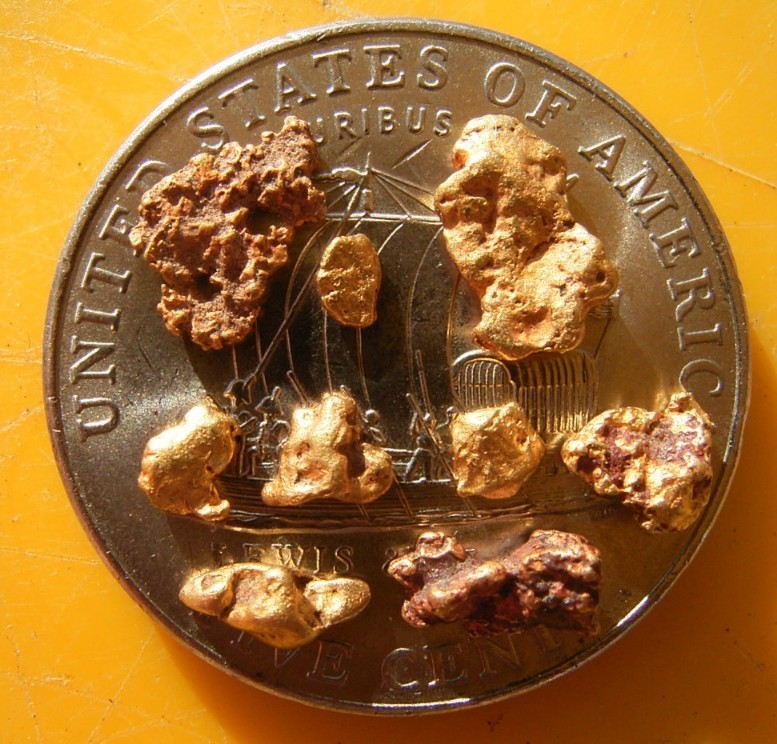
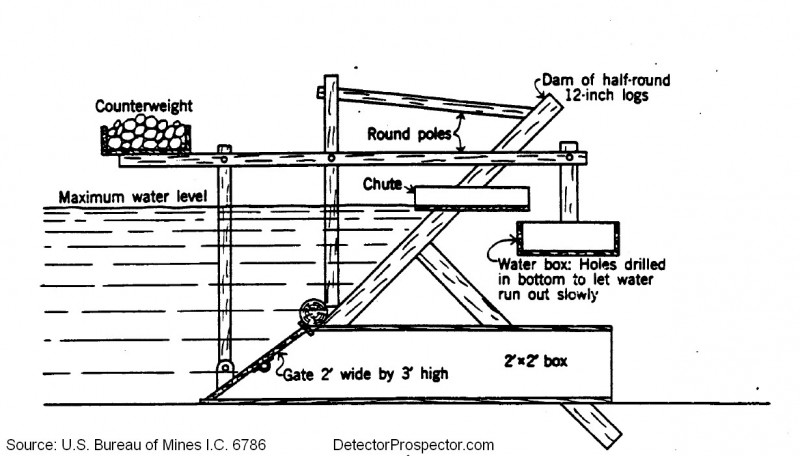
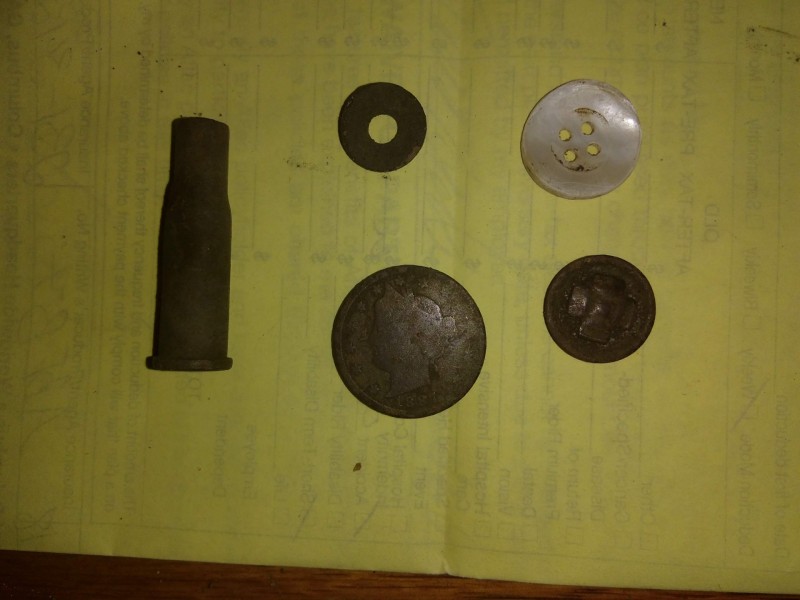
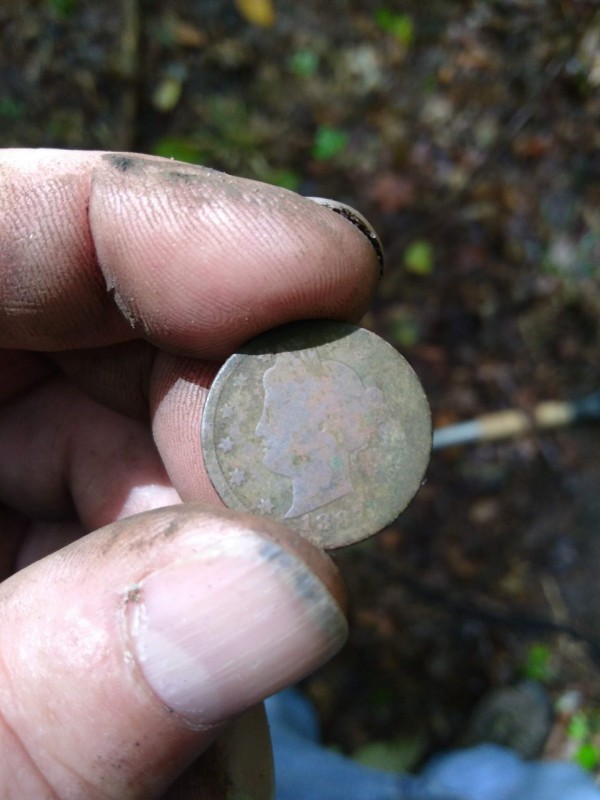
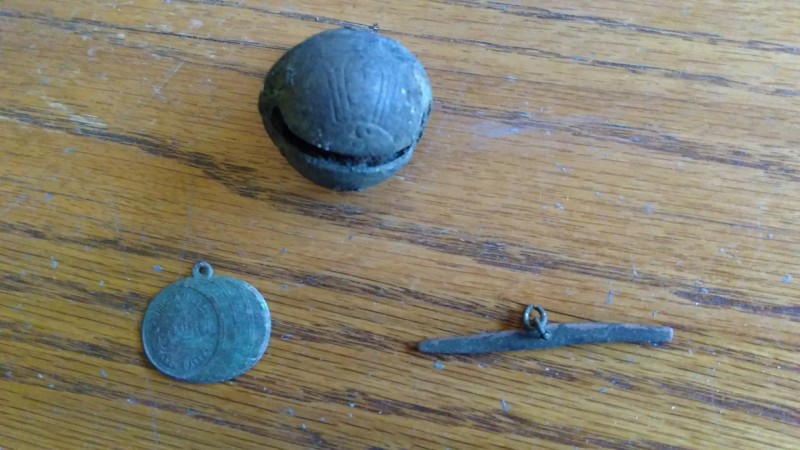

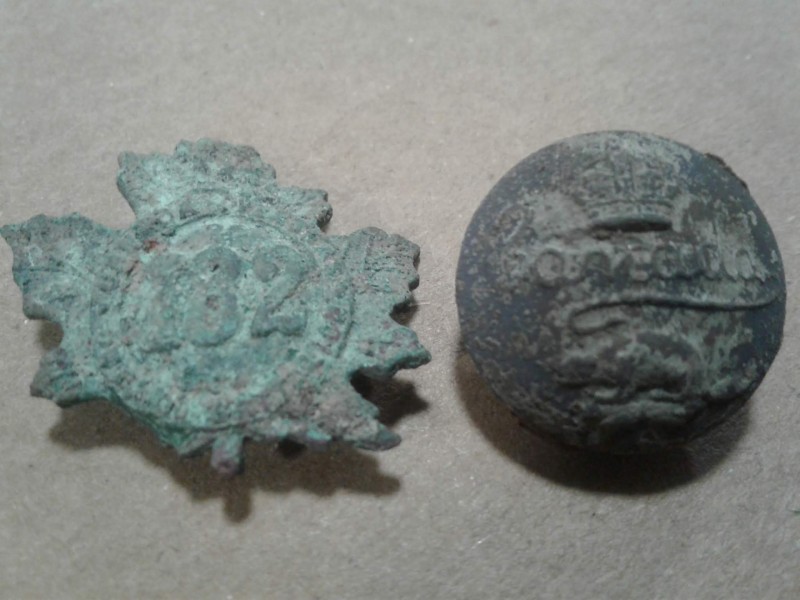
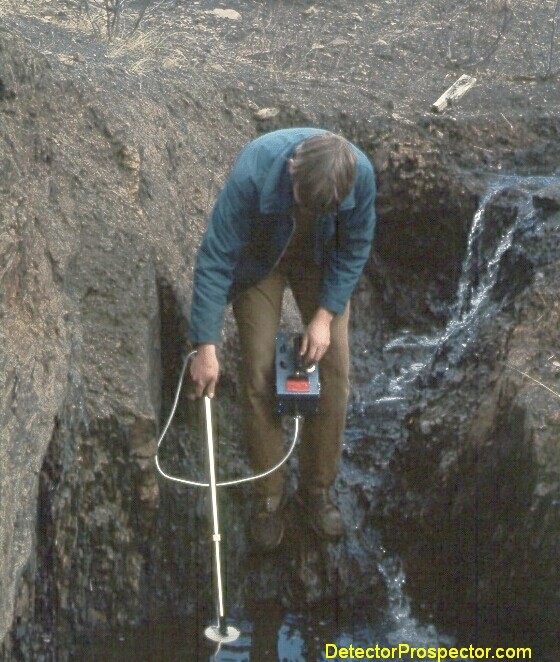
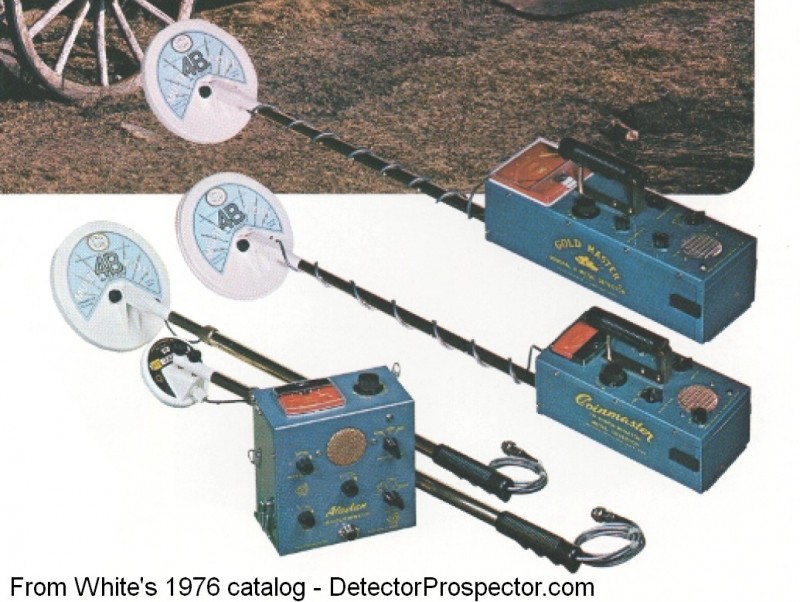
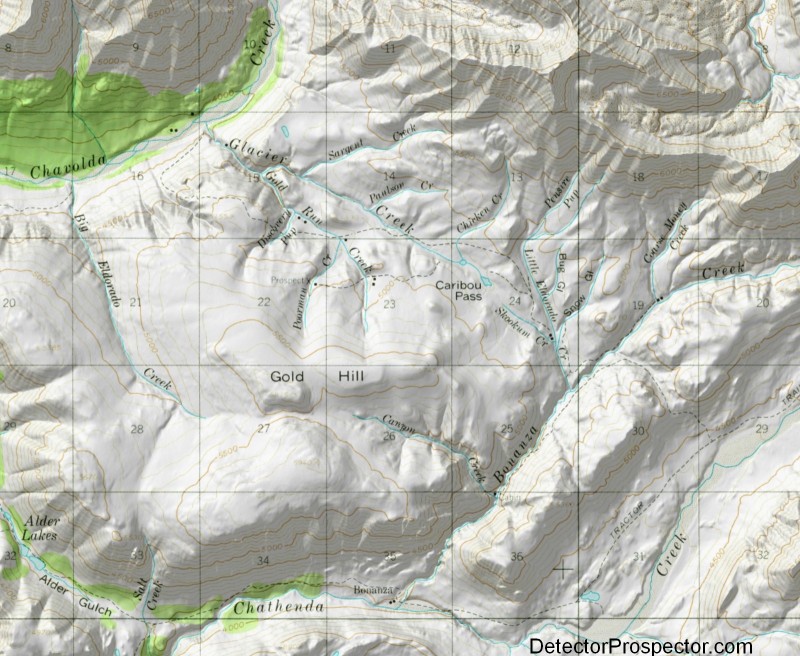

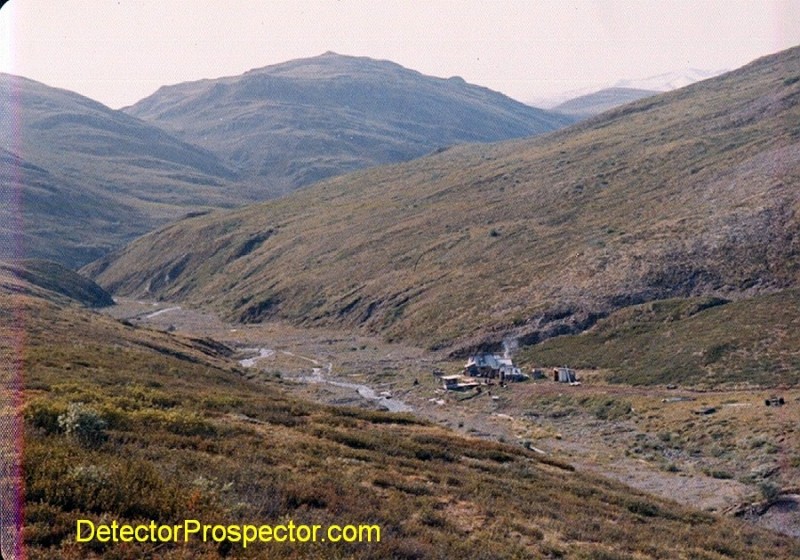
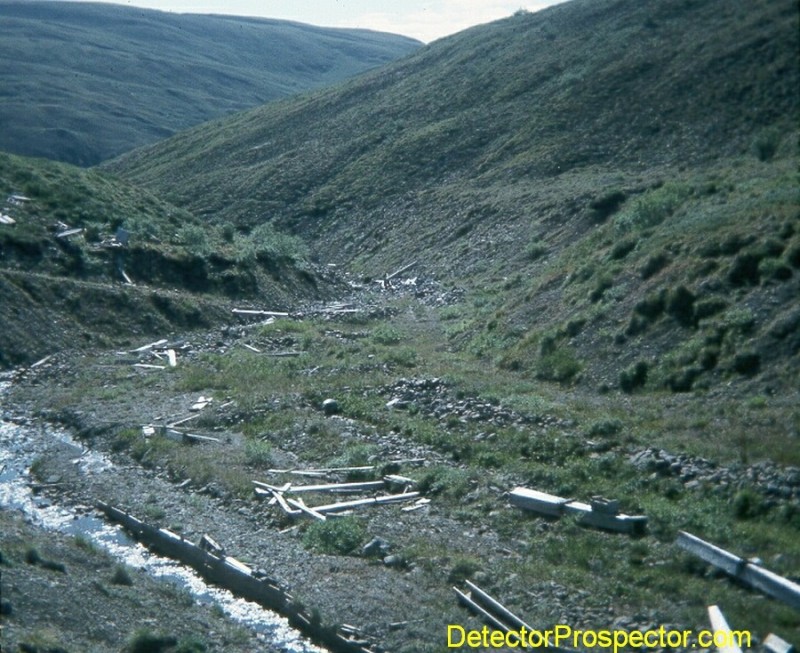
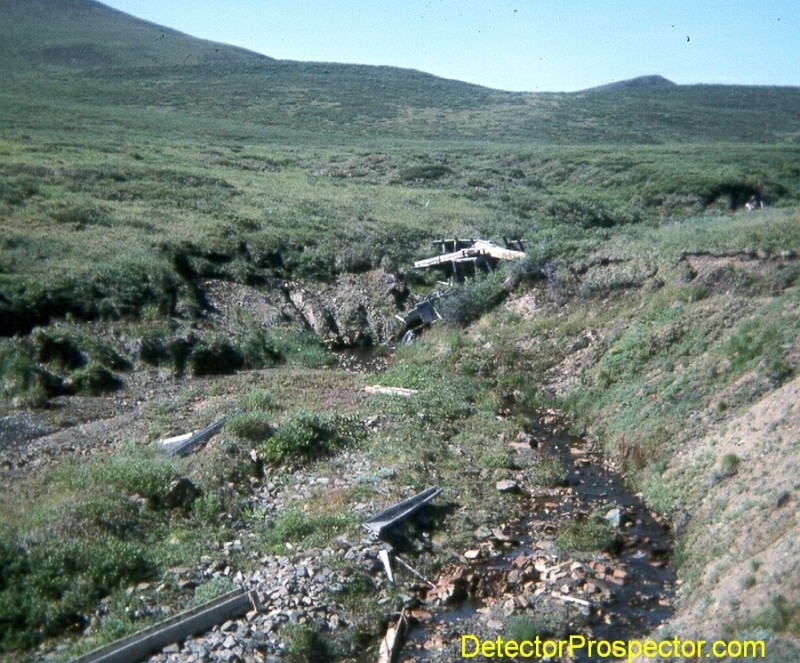
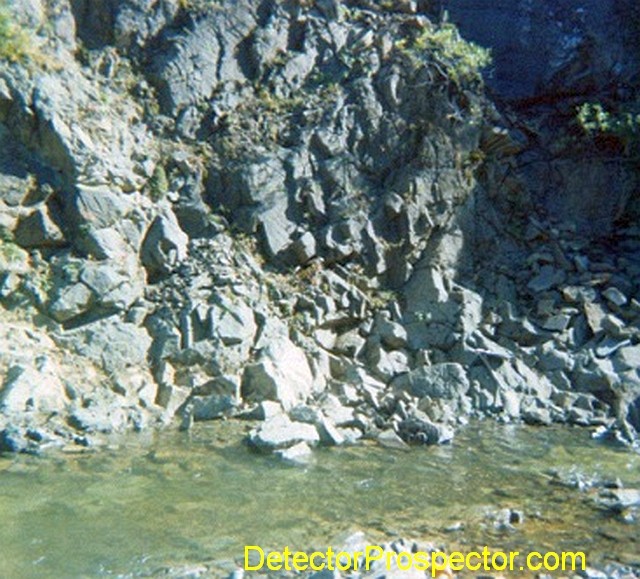
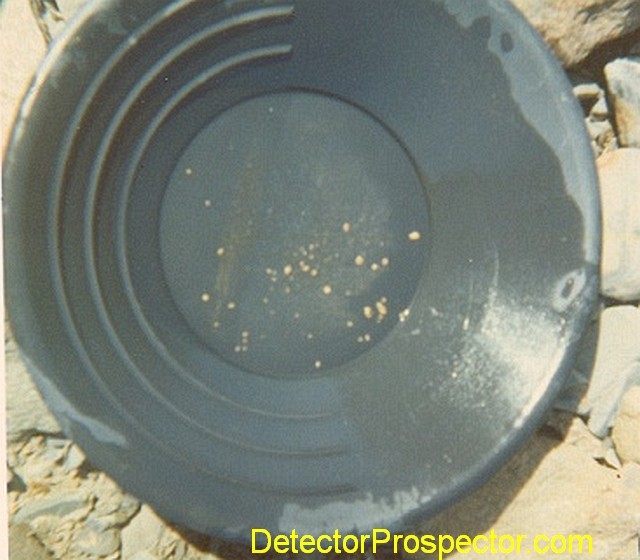
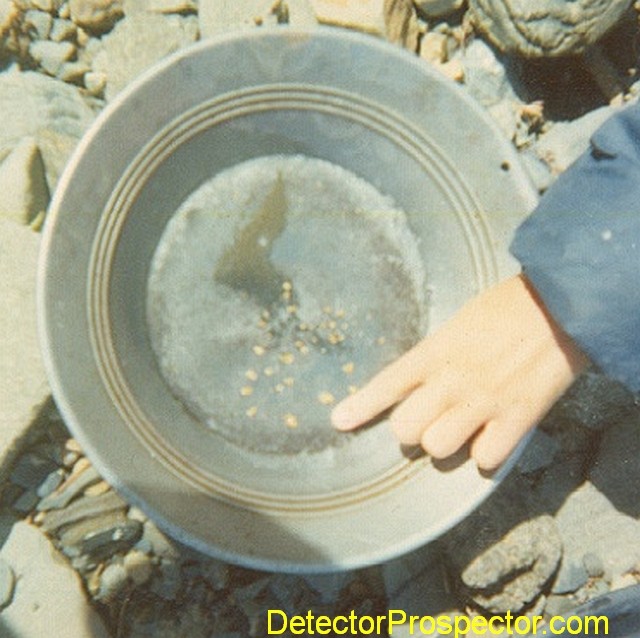
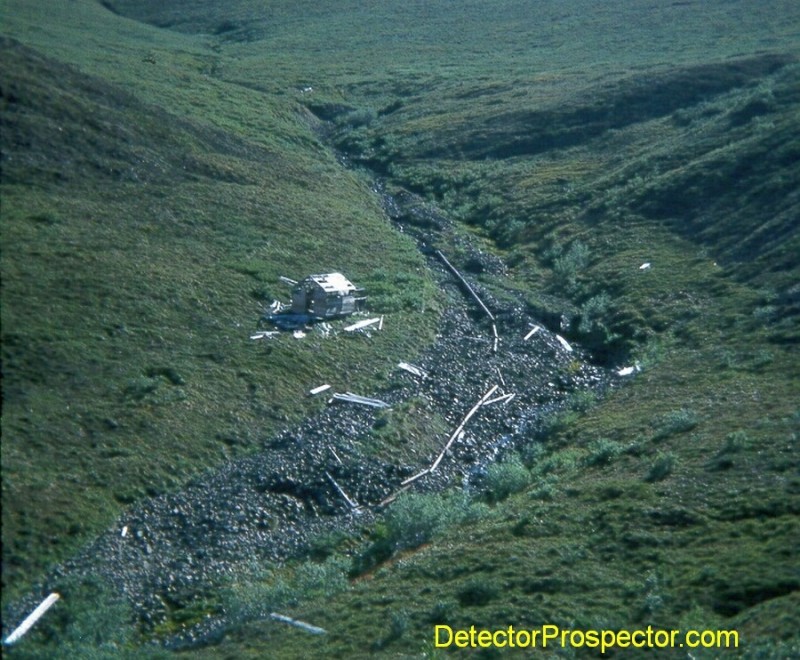
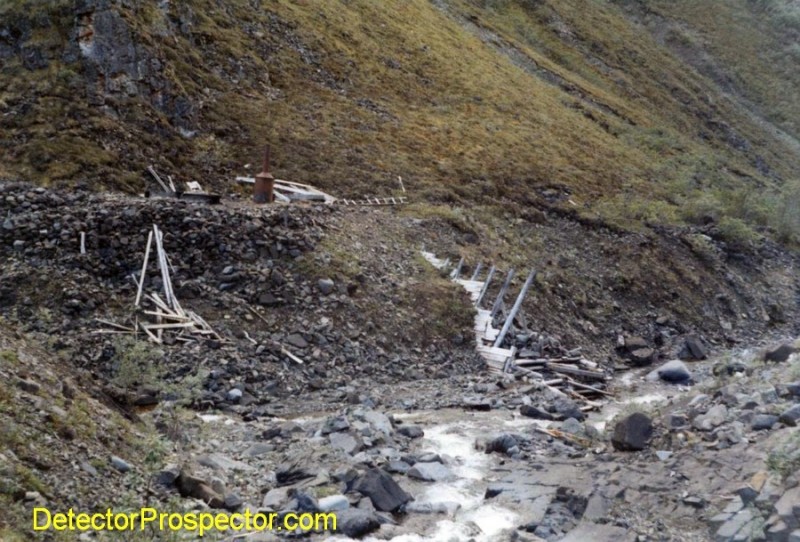
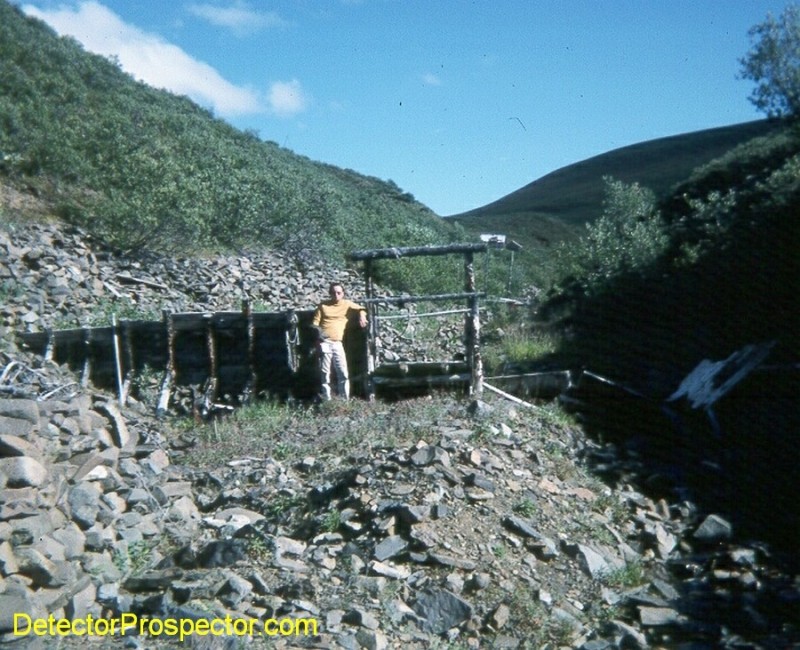
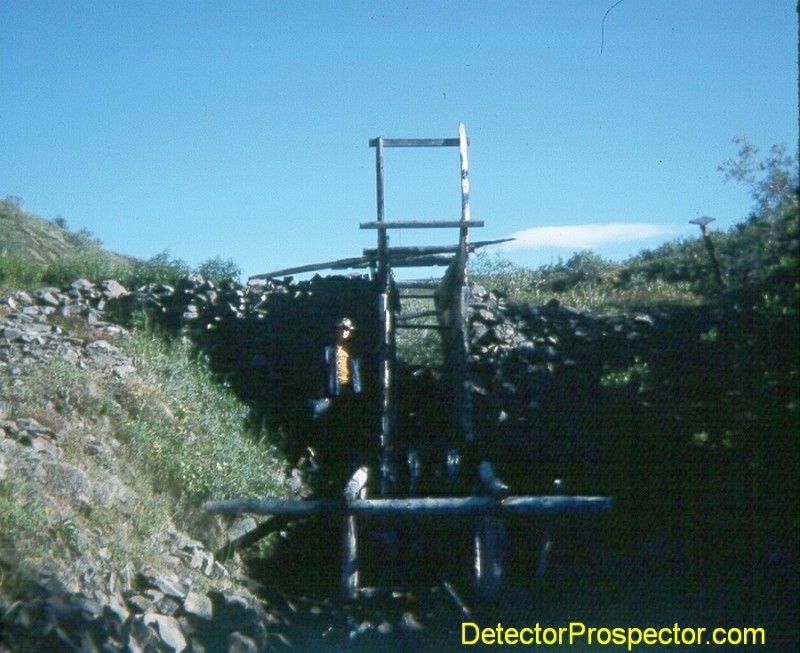
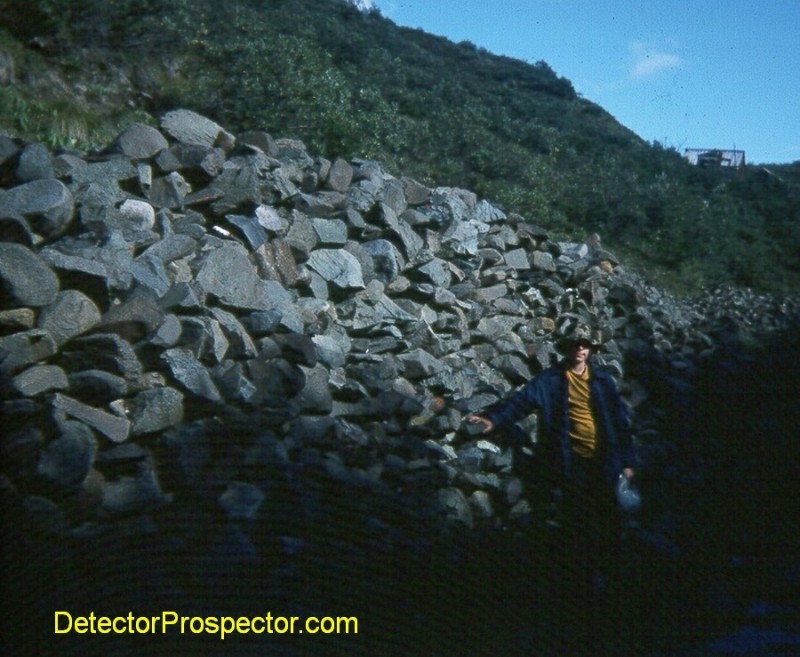
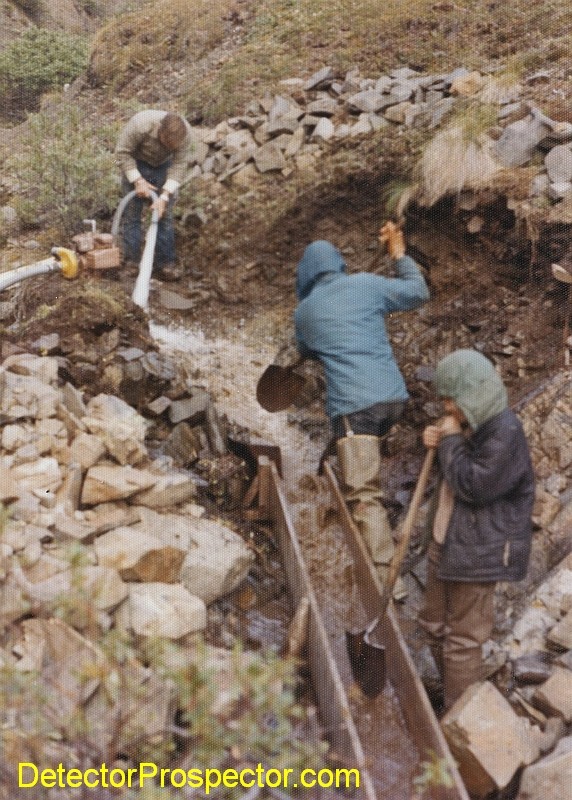
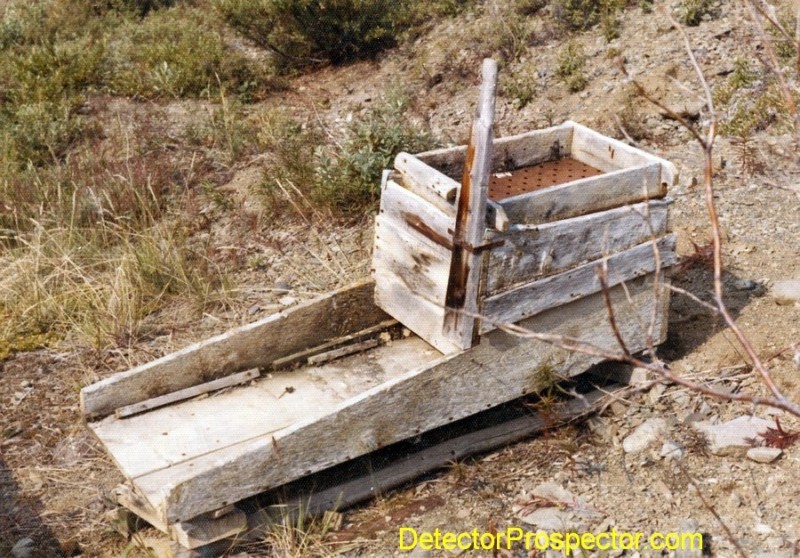
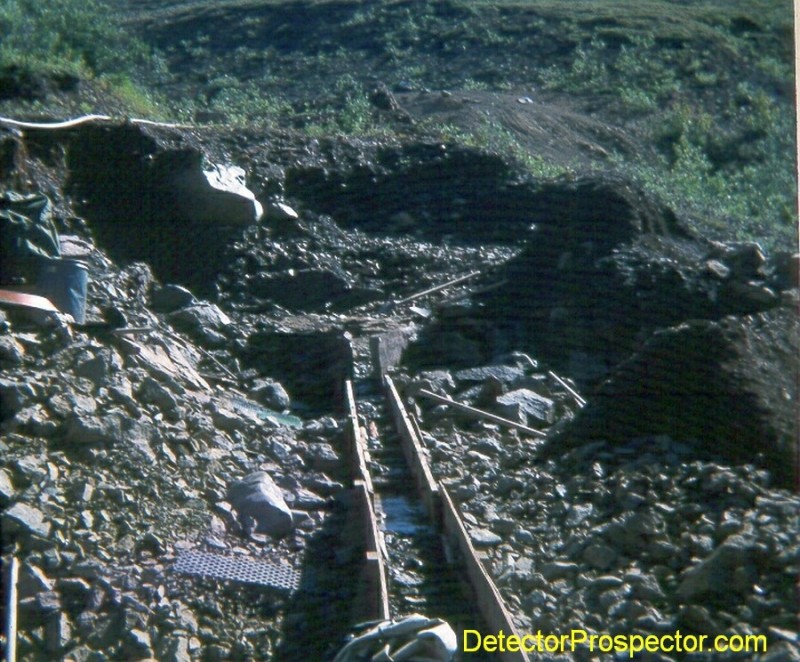
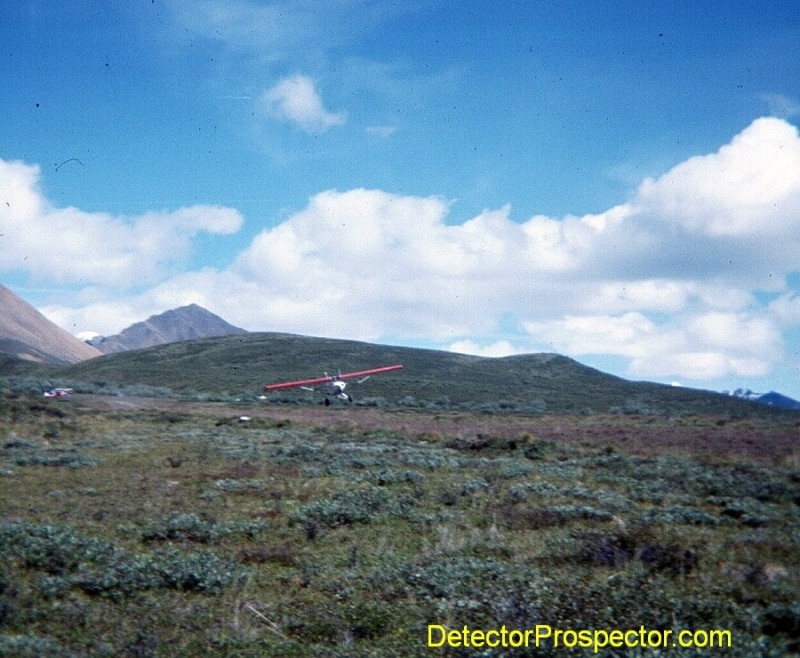
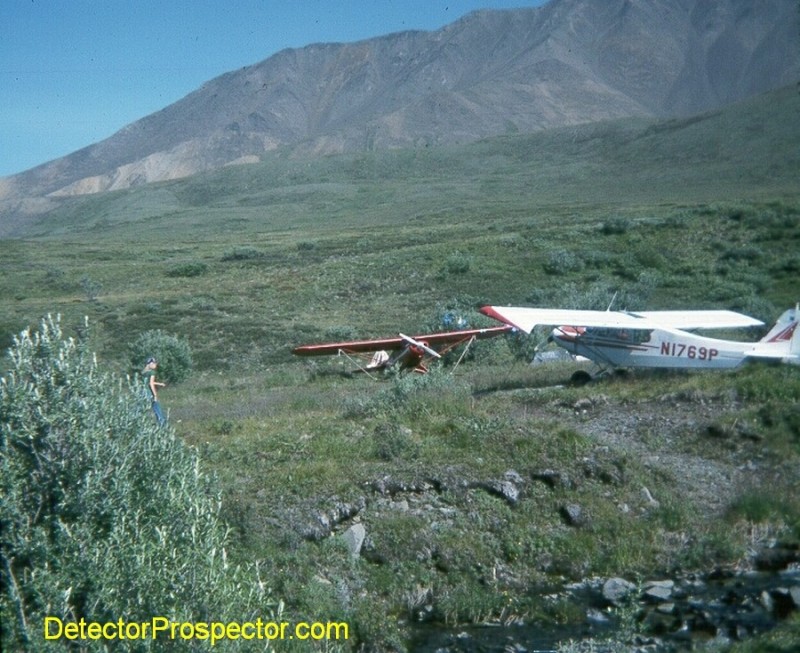
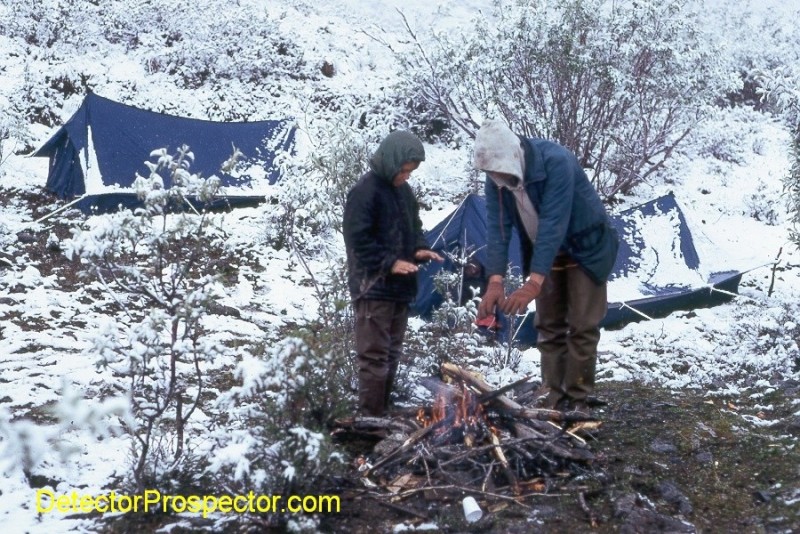

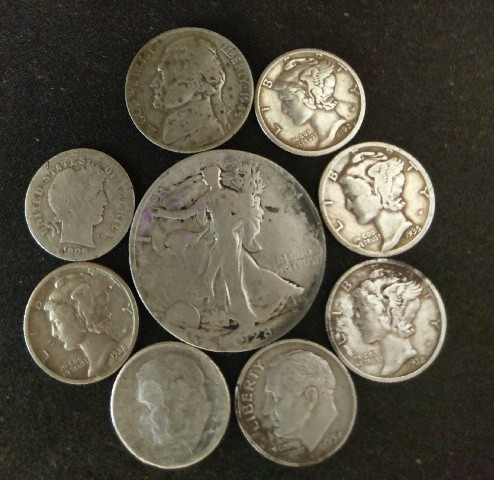

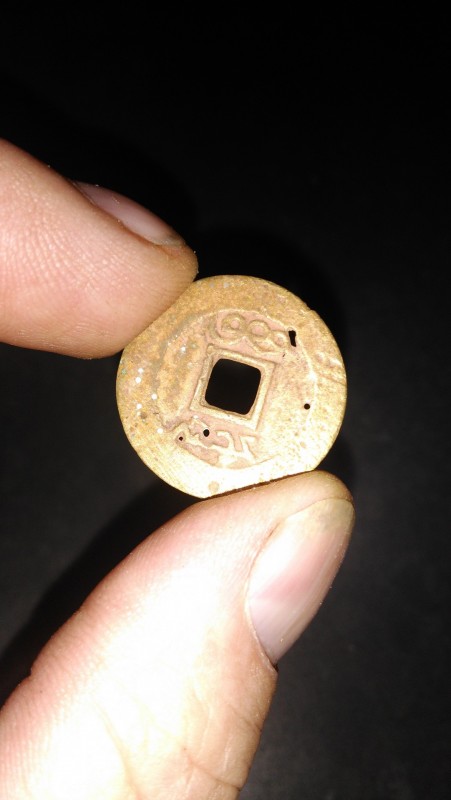


.thumb.jpg.a9604472c3cce6d83a8d8fcc887e33bc.jpg)
